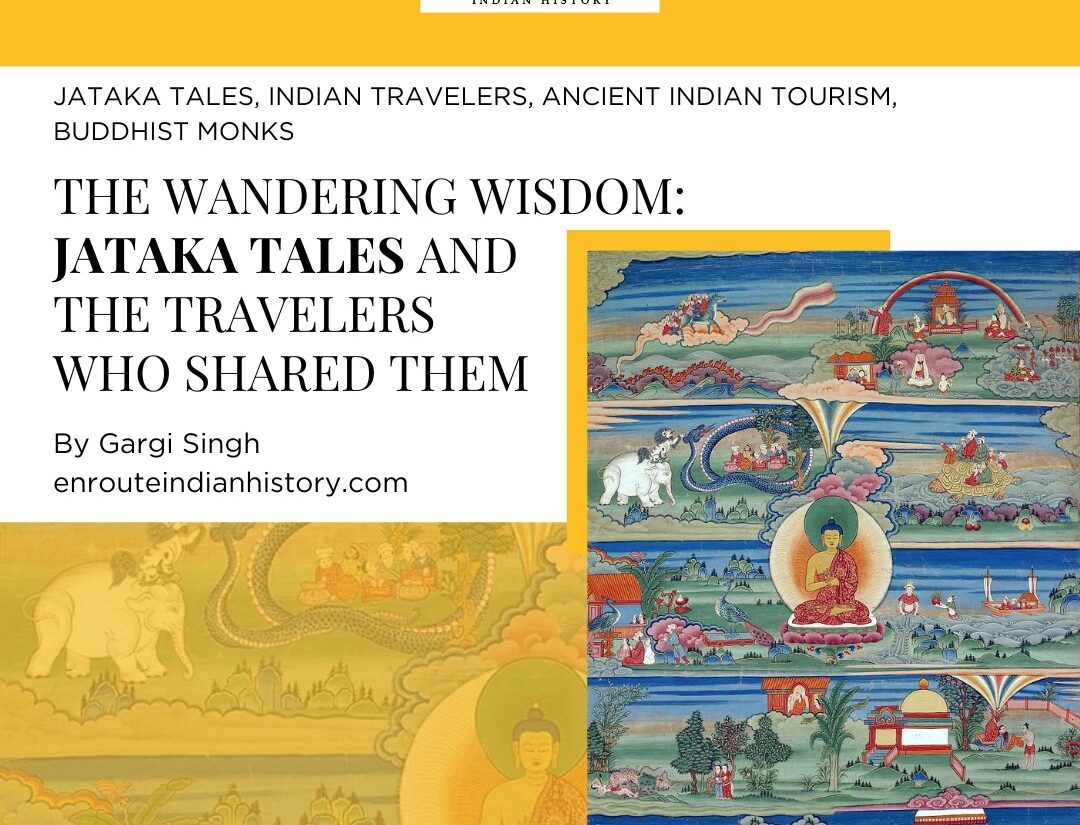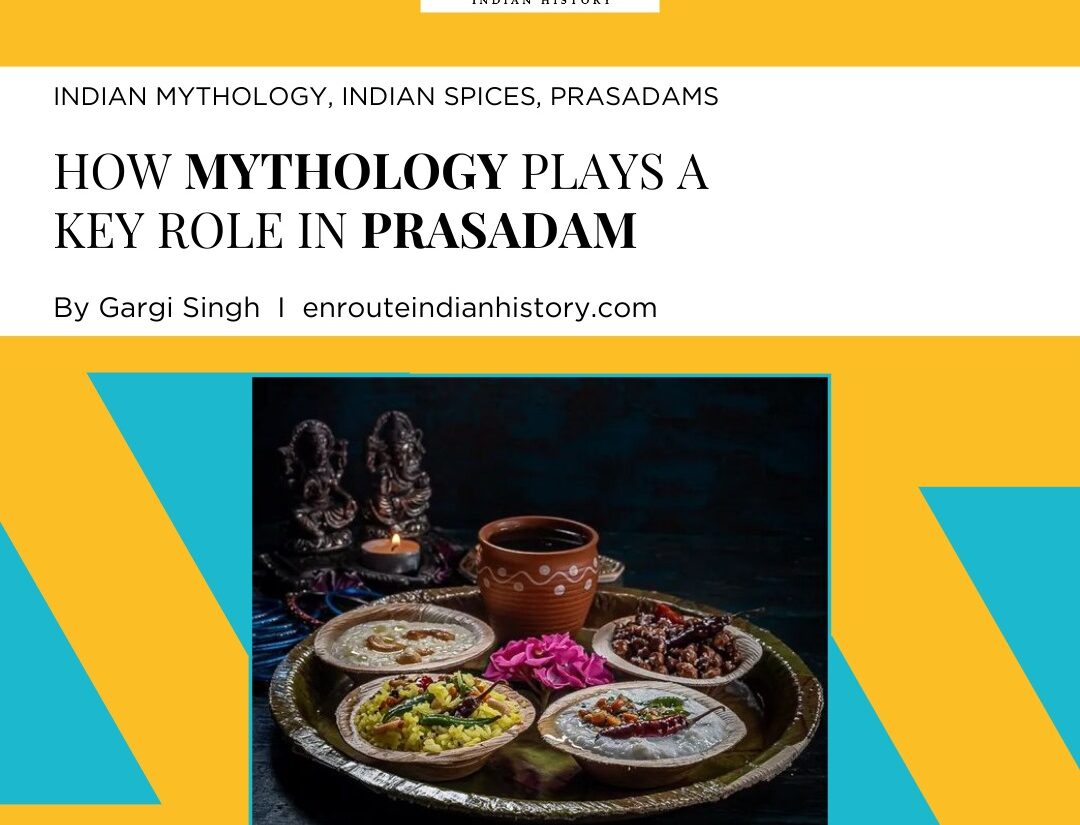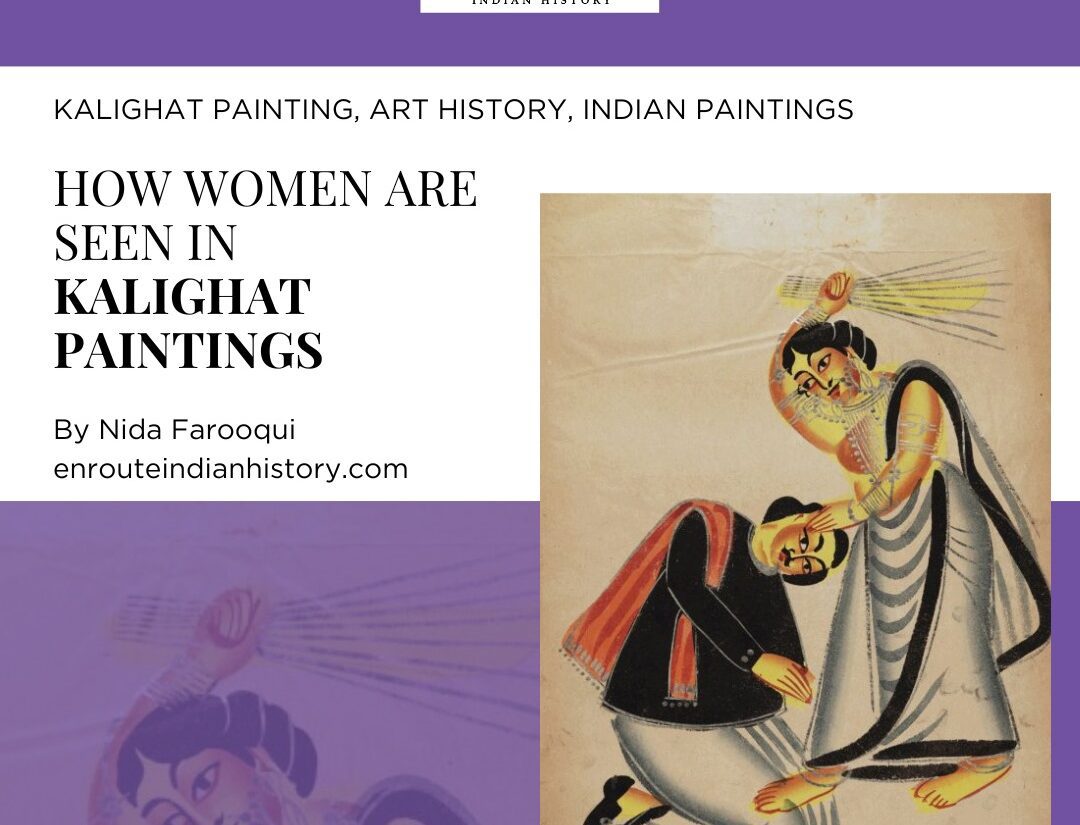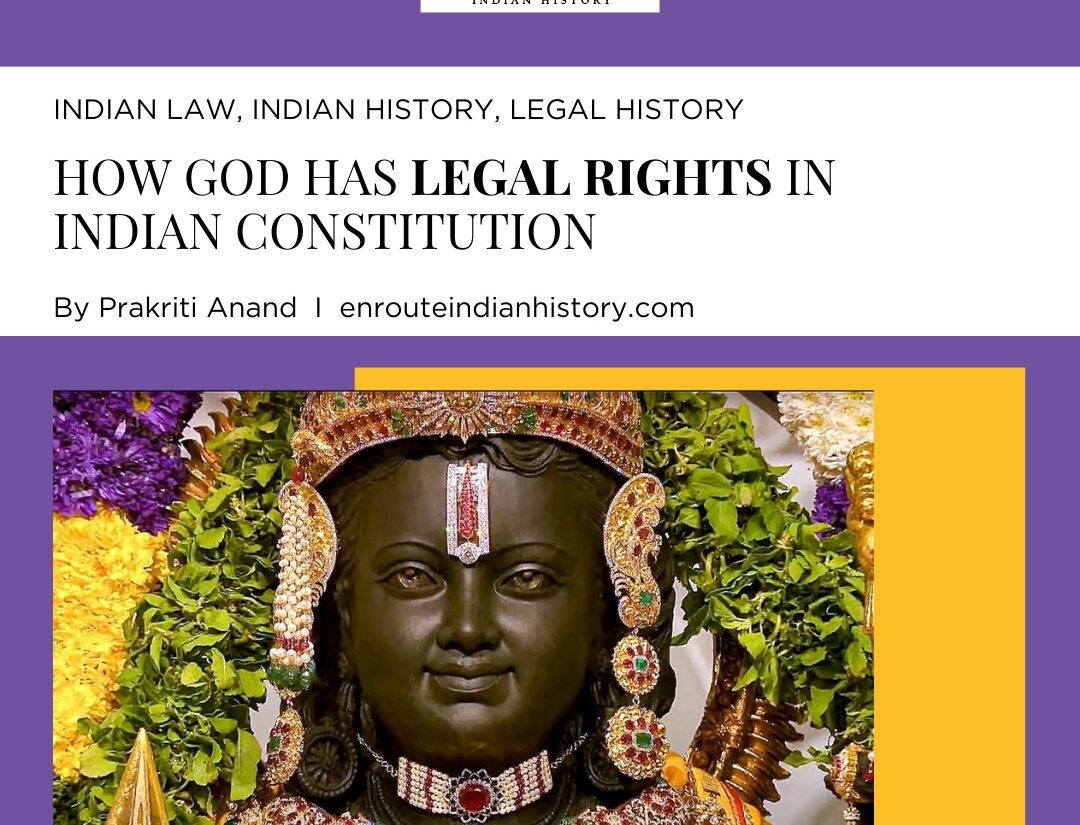
Embarking on a journey through the heart of Delhi unveils a sacred symphony that resonates through the ages— an exploration of the spiritual tapestry woven by the venerable dargahs and majestic mosques that grace the city. In this evocative exploration, we delve into the rich historical narrative of Delhi, where the coexistence of these sacred spaces transcends architectural marvels, embodying a profound connection to the divine and fostering communal harmony. From the grandeur of iconic mosques to the mystical allure of dargahs, this expedition unveils the intertwining threads of history, spirituality, and cultural diversity that have shaped Delhi into a vibrant and pluralistic metropolis.

Source: So Delhi
Diverse Sanctuaries: Unveiling the Significance of Mosques and Dargahs in Delhi
Delhi, with its vibrant history shaped by the rise and fall of empires, is a city that resonates with cultural and religious diversity. At the heart of this historical narrative are the mosques and dargahs, silent witnesses to the evolving tapestry of Delhi’s past, showcasing the interplay of political, social, and religious forces across the centuries.
Scattered across the city, these religious edifices are more than mere architectural marvels; they encapsulate the essence of Delhi’s rich historical tapestry. The mosques, distinguished by their architectural grandeur and spiritual significance, stand as a testament to the power dynamics of ruling empires that sought to establish dominance through imposing structures dedicated to worship. In contrast, the dargahs, with their tranquil atmospheres and mystic allure, pay homage to revered Sufi saints, playing a pivotal role in shaping the spiritual ethos of the region.
Delhi’s mosques transcend mere structures of worship; they are living archives of bygone eras, embodying the aspirations, conquests, and religious fervor of past rulers. The minarets, domes, and prayer halls silently narrate tales of rulers asserting authority not only in the political realm but also in matters of faith. Jama Masjid, an exemplary creation of Mughal Emperor Shah Jahan in the 17th century, stands as a monumental symbol of faith in Old Delhi. Its vast courtyard, intricate domes, and towering minarets showcase the grandeur of Mughal architecture, attracting worshippers and tourists alike.
Conversely, the dargahs of Delhi, with their serene ambiance and spiritual gravitas, paint a different facet of the city’s history. Built over the resting places of revered Sufi saints, these shrines stand as testaments to the enduring appeal of mysticism and the Sufi way of life. Devotees from diverse backgrounds, irrespective of religious affiliations, converge at dargahs such as Hazrat Nizamuddin Dargah, seeking blessings, solace, and a connection with the divine. The mystical strains of qawwali music filling the air create an atmosphere that transcends religious boundaries, uniting believers in a shared pursuit of spiritual enlightenment.
The mosques and dargahs of Delhi have played instrumental roles in fostering communal harmony, serving as melting pots where individuals from diverse backgrounds come together to partake in the common human experience of faith and spirituality. This coexistence underscores the pluralistic nature of Delhi, reflecting a harmonious blend of influences that have shaped its historical trajectory.
In essence, these religious structures are not static artifacts; they are living chapters in Delhi’s narrative. They serve as repositories of cultural and religious diversity, linking the past to the present. The intricate interplay of political, social, and religious forces that have sculpted Delhi into a vibrant and pluralistic metropolis is evident in the mosques and dargahs that pepper the cityscape.
As the city stands as a testament to its historical journey, the mosques and dargahs remain integral components of Delhi’s identity. They represent not only architectural wonders but also enduring symbols of faith, spirituality, and the communal harmony that defines the soul of this diverse and dynamic city. The coexistence of these religious structures stands as a beacon, illuminating the shared heritage and syncretic blend of influences that continue to shape the historical narrative of Delhi.

Source: beerbiryani (Instagram)
Despite their distinctions, the Mosque and the Dargah shared a common thread—the pursuit of spiritual enlightenment and a belief in a higher purpose. They coexisted harmoniously, each contributing uniquely to the spiritual tapestry of the town. The townspeople, regardless of their religious affiliations, frequently found themselves drawn to both places, acknowledging the beauty in diversity and the unity in their shared humanity.During moments of joy and sorrow, the mosque and the dargah served as beacons of solace, providing a sanctuary where individuals could forge a connection with the divine and derive strength from their shared spiritual journey. The town flourished in the symbiotic relationship between these two sacred spaces, weaving a narrative of unity, tolerance, and the celebration of diversity into the fabric of communal life. The roots of Sufism, a mystical Islamic belief system, trace back to the early centuries of Islam. Emerging as a response to the institutionalization of religion, Sufism sought a more direct and personal experience of the divine. Its inception can be linked to the life and teachings of prominent Sufi figures, such as Rabi’a al-‘Adawiyya and Al-Hassan al-Basri, during the 8th century. Sufism encompasses various streams or orders, each with its unique emphasis on spiritual practices and philosophies. The Chishti, Naqshbandi, and Qadiri orders, among others, have significantly contributed to the development of Sufism. These orders not only played a crucial role in the spiritual development of individuals but also fostered a broader sense of unity and understanding among diverse communities. The relationship between Sufism and the mosques is deeply intertwined. Sufi saints often emerged from the confines of traditional mosques, establishing their own centers of spiritual guidance. The Chishti order, for instance, became synonymous with the establishment of dargahs—shrines built over the tombs of revered Sufi saints. These dargahs, such as the Hazrat Nizamuddin Dargah in Delhi, stand as physical manifestations of the Sufi emphasis on love, devotion, and connection with God.
The historical context of these religious spaces in Delhi reflects this interplay between Sufism, mosques, and dargahs. As early as the 12th century, the Qutub Minar complex housed the Quwwat-ul-Islam Mosque, marking an early connection between Islamic architecture and Sufi mysticism. Over time, the city became a melting pot where diverse streams of Sufism found expression, influencing both mosque design and the establishment of dargahs. In summary, the coexistence of mosques and dargahs in Delhi, shaped by the principles of Sufism, has woven a narrative of spiritual unity, diversity, and communal harmony. From the early emergence of Sufi saints in traditional mosques to the establishment of dargahs, these religious spaces stand as testaments to the enduring influence of Sufism on the historical and spiritual landscape of Delhi.
Illustrating this viewpoint, the esteemed Sufi saint Nizamuddin Aulia, while observing Hindu worshippers in the Yamuna River, expressed in Persian: “Har qaum raast raahe, din-e-wa Qibla gaahe,” highlighting the idea that each community possesses a distinct approach to reaching God. Regrettably, Sufis frequently encountered persecution from extremist Muslims, particularly those following the rigid doctrines of Wahabism. Despite such opposition, prominent figures like Emperor Akbar displayed profound respect for Sufi saints like Sheikh Salim Chishti and Moinuddin Chishti, making annual visits to the shrine of Sheikh Moinuddin Chishti in Ajmer for 12 years.

Source: Explore Our India
Dargahs, serving as the resting places of Sufi saints, play a pivotal role in promoting unity among diverse communities. Hindus and Muslims, traditionally associated with temples and mosques respectively, converge at dargahs, symbolizing a shared reverence for spiritual figures. This inclusivity resonates with the belief that unity is a value to be cherished. However, certain groups, notably Wahabi followers, perceive dargahs as locations of butparasti or idol worship, contradicting Islamic principles. This perspective oversimplifies a visit to a dargah as grave worship, highlighting the misguided religious extremism prevalent among such individuals. In a region as diverse as ours, characterized by religious pluralism, fostering religious tolerance is imperative for national unity and progress. Neglecting this essential aspect may lead to a divisive and regressive trajectory, as witnessed in the unfortunate state of affairs in certain nations.
Mystical Oasis: Delhi’s Dargahs and Interfaith Harmony
During the period when Khusrau wrote about Delhi being the protector of faith and a garden of paradise, Delhi stood as a prominent hub of Sufism worldwide. The city’s numerous khanqahs, or retreats, operated by Sufis, provided refuge and spiritual solace to people of all faiths. Sufism, being the mystical facet of Islam, drew its ideology directly from the teachings of Prophet Mohammed, emphasizing introspection and the dissolution of the self or ego in the divine aura of God. Within the realm of Sufism, various orders existed, and a significant number of renowned pirs in the Indian subcontinent belonged to the Chishti school. Originating in present-day Afghanistan, this school found its way to India as adherents migrated to escape Mongol persecution during the 13th and 14th centuries. Many settled in Delhi, where, under the reign of both the Sultanate kings and later the Mughals, they propagated a faith grounded in the principles of love, compassion, and openness. Delhi became a nurturing ground for the practice and popularization of Sufism, where seekers of diverse backgrounds embraced its teachings.The city harbors multiple prominent dargahs in the bustling heart of Delhi, where history whispers through ancient streets, each narrating tales of spirituality and cultural richness.
Qutbuddin Bakhtiyar Kaki (1173-1235)
Delhi’s inaugural dargah owes its existence to the enchanting legacy of Qutbuddin Bakhtiyar Kaki, a Sufi luminary hailing from Fergana (present-day Uzbekistan). Revered by both royalty and commoners alike, he graced the city on the counsel of his teacher, the esteemed Ajmeri saint Hazrat Moinuddin Chishti, with the mission to disseminate the profound teachings of Sufism. The Qutb Minar, contrary to popular belief, is thought to be named after Sultan Iltutmish’s beloved Sufi, Qutbuddin Bakhtiyar Kaki, rather than its conventional attribution to Qutb Al-Din Aibak. Nestled in Mehrauli, the dargah of Qutbuddin Bakhtiyar Kaki becomes the focal point of an annual spectacle known as Phoolwaalon ki Sair. This captivating tradition, inaugurated in 1812 during the reign of Akbar Shah II, unfurls a flower-strewn, multi-faith procession from Chandni Chowk. The journey pauses to extend a ceremonial fan at the Yogmaya Temple before culminating in paying homage to Delhi’s oldest Sufi saint.
Hazrat Shah Turkman Bayabani Dargah
In the era of Qutbuddin Bakhtiyar Kaki, another intriguing Sufi emerged—Hazrat Shah Turkman Bayabani. A member of the Bayabani order, known for its followers residing in seclusion within the densest wilderness, Hazrat Shah Turkman Bayabani chose to live in the heart of the untamed jungle that we now recognize as Daryaganj. In an era where wild beasts roamed freely, this spiritual luminary, unyielding in his devotion, faced the wilderness with fearless serenity. His sustenance was drawn from the simplicity of wild fruits and the pure waters of a pond, which occupied the very space now known as the Ramlila Ground. The Turkman Gate Dargah is located near the Turkman Gate area in Old Delhi. Hazrat Shah Turkman Bayabani is believed to have been a 13th-century Sufi saint. The dargah is a place of spiritual significance and is visited by devotees seeking blessings and solace.Despite his deep spiritual influence, Hazrat Shah Turkman Bayabani remained relatively obscure in comparison to his contemporaries. Yet, his Bayabani order boasted illustrious devotees, including none other than Razia Sultana, the sole woman to ascend the throne of the Delhi Sultanate. Intriguingly, there lingers a theory questioning whether Turkman Gate, the iconic Delhi landmark believed to mark the Sufi’s final resting place, truly corresponds to the actual location of his earthly departure. The mysteries surrounding this mystic’s legacy continue to captivate the curious minds drawn into the enigmatic realms of history.
Muhammad Nizamuddin Auliya (1238 – 1325)
Nestled in the Nizamuddin West area, the Hazrat Nizamuddin Dargah is a timeless haven of Sufi mysticism. The air is thick with the fragrance of incense as qawwali music fills the atmosphere. Pilgrims and visitors find solace in the serene ambiance, paying homage to the revered Sufi saint, Hazrat Nizamuddin Auliya. Auliya, signifying ‘friend of Allah,’ is a term often linked to numerous Sufis, yet the figure most synonymous with this honorable title is Hazrat Nizamuddin, to whom an entire neighborhood in Delhi pays homage. This Sufi luminary, whose influence reverberates profoundly, boasts successors of great acclaim, including the likes of Naseeruddin Chirag-e-Dehlvi and Amir Khusrau. Nizamuddin’s dargah is a haven that transcends boundaries, welcoming all seekers with open arms. Within its sacred confines, a distinctive Sufi ceremony called Sama unfolds—a spiritual celebration where devotion to the Almighty takes on the sublime expressions of singing, dancing, and creating music. The qawwali, a musical form intimately connected with Nizamuddin, resonates through the ages, captivating the hearts of the thousands who gather daily at his dargah. The belief in the auspiciousness of an afterlife starts near a Sufi’s resting place and is woven into the fabric of Nizamuddin’s legacy. Consequently, the Nizamuddin Dargah complex is not only the final abode of this revered Sufi but also houses the tombs of Mughal royalty, including the illustrious Princess Jahanara and Muhammad Shah Rangeela. The rich tapestry of spirituality and history woven within the precincts of Nizamuddin’s domain continues to enchant pilgrims and enthusiasts alike.
Khawaja Qutub Sahib Dargah
Adjacent to the iconic Qutub Minar, the Khawaja Qutub Sahib Dargah stands as a testament to the syncretic culture of Delhi. Pilgrims gather to seek blessings from Khawaja Qutub Sahib, connecting with the spiritual energy that pervades the site.
Baba Farid Dargah
In the heart of Delhi’s bustling markets, the Baba Farid Dargah stands as a beacon of tranquility. Devotees from various backgrounds visit this sacred place dedicated to Baba Farid, a revered Sufi saint. The dargah is adorned with vibrant colors, echoing the diversity of its visitors.
Delhi Hazrat Khwaja Meer Dard Dargah
Tucked away in the bylanes of Mehrauli, the Delhi Hazrat Khwaja Meer Dard Dargah is a hidden gem. Devotees flock to this serene sanctuary, seeking the blessings of Hazrat Khwaja Meer Dard, a poet-saint whose verses resonate with timeless wisdom.
Delhi Hazrat Sheikh Abubakr Tusi Dargah
Embraced by the rich cultural heritage of Delhi, the Delhi Hazrat Sheikh Abubakr Tusi Dargah symbolizes spiritual harmony. Devotees gather at this sacred site to honor Hazrat Sheikh Abubakr Tusi, finding peace during the city’s vibrant chaos.
While the inner sanctums of most dargahs typically remain exclusive to women, there exist noteworthy exceptions, challenging the norm. A prime example is the tomb of Bibi Fatima Sam, believed to be the adopted sister of Baba Farid, who served as the pir or spiritual master to Hazrat Nizamuddin. Resting in Kaka Nagar, Bibi Fatima’s shrine warmly welcomes visitors throughout the day, breaking free from the usual restrictions.
Another exceptional case unfolds at the dargah of Bibi Zulekha, also known as Mai Sahiba, along with her daughter Bibi Jannat in Adhchini village. These unique spaces challenge conventions by offering an inclusive environment, allowing everyone, irrespective of gender, to partake in the spiritual experience. These atypical dargahs not only defy traditional restrictions but also create spaces where the divine is accessible to all, regardless of gender.
As the sun sets over the city, casting a warm glow on these dargahs, the echoes of prayers and the fragrance of incense weave together, creating a tapestry that reflects the spiritual diversity and cultural heritage of Delhi. Pilgrims and visitors, irrespective of their backgrounds, find common ground in the sacred embrace of these dargahs, leaving with hearts touched by the city’s profound spiritual legacy.

Source: So Delhi
Echoes of Devotion: Dargahs in Bollywood Movies and Songs
India’s cultural tapestry is intricately woven with threads of spirituality, and one of the most captivating aspects of this spiritual mosaic is the presence of dargahs. These sacred shrines, often associated with Sufi saints, have not only been integral to the spiritual fabric of the nation but have also found resonance in the vibrant world of Bollywood. This article explores the cinematic portrayal of dargahs in Bollywood movies and the soul-stirring songs that have immortalized these spiritual sanctuaries on the silver screen.
-
Amar Akbar Anthony (1977): The Iconic Qawwali
The iconic film “Amar Akbar Anthony” directed by Manmohan Desai features a memorable qawwali sequence filmed at the Hazrat Nizamuddin Dargah in Delhi. The song “Parda Hai Parda” encapsulates the essence of devotion and blends seamlessly with the atmosphere of the dargah. The vibrant qawwali, sung by Mohammed Rafi and the renowned qawwals Sabri Brothers, pays homage to the spiritual traditions associated with these sacred shrines.

Source: Bollywood Bubble
-
Rockstar (2011): Sufi Soul Unleashed
In Imtiaz Ali’s “Rockstar,” the protagonist, played by Ranbir Kapoor, embarks on a tumultuous journey of self-discovery and love. The film features the soul-stirring song “Kun Faya Kun,” beautifully shot at the Hazrat Nizamuddin Dargah. This Sufi masterpiece, composed by A.R. Rahman, captures the divine essence of the dargah, blending spiritual verses with captivating melodies.
-
Bajrangi Bhaijaan (2015): A Prayer for a Miracle
Kabir Khan’s “Bajrangi Bhaijaan” portrays the heartwarming story of a man’s quest to reunite a lost girl with her family. The song “Bhar Do Jholi Meri” unfolds at the revered shrine of Hazrat Nizamuddin Aulia. Sung by Adnan Sami, this emotional qawwali carries the weight of the protagonist’s plea for a miracle and highlights the universal appeal of dargahs as places of hope and solace.
-
Delhi-6 (2009): Mehrauli’s Mystic Charm
Rakeysh Omprakash Mehra’s “Delhi-6” takes the audience on a visual and spiritual journey through the narrow lanes of Delhi’s Mehrauli area, where the revered shrine of Hazrat Nizamuddin stands. The film captures the mystic charm of the dargah, incorporating the song “Arziyan,” composed by A.R. Rahman. The soulful rendition reflects the rich Sufi tradition embedded in the cultural landscape of the city.
-
Jodhaa Akbar (2008): Dargahs in Period Dramas
Ashutosh Gowariker’s historical epic “Jodhaa Akbar” intricately weaves the spiritual fabric of the Mughal era. The song “Khwaja Mere Khwaja” unfolds at the revered Ajmer Sharif Dargah, portraying the profound reverence for Sufi saints during that period. A.R. Rahman’s composition and Javed Ali’s soulful rendition elevate the cinematic experience, capturing the timeless essence of devotion.
-
Ahista Ahista (2006)
The filming of “Aawan Akhiyan Jawan Akhiyan” from the movie “Ahista Ahista” at Nizamuddin Dargah in Delhi was a mesmerizing fusion of music and spirituality. The iconic dargah provided a captivating backdrop, enhancing the emotional depth of the song, and capturing the essence of devotion in the heart of the city.
Bollywood, with its ability to blend storytelling and music, has beautifully showcased the significance of dargahs in Indian culture. These cinematic depictions not only serve as visual treats but also contribute to a deeper understanding of the spiritual and cultural heritage associated with these sacred shrines. From soul-stirring qawwals to poignant love stories, Bollywood continues to draw inspiration from the tranquil and divine atmosphere of dargahs, immortalizing these spiritual havens on the silver screen. As the cinematic journey unfolds, the echoes of devotion resonate, creating an everlasting bond between the world of movies and the sacred sanctuaries of India.
In the heart of Delhi, the coexistence of dargahs and mosques forms a sacred symphony, echoing the harmonious blend of diverse spiritual traditions. From the structured rituals within mosque walls to the spontaneous spirituality of dargahs, these sacred spaces weave a rich tapestry of faith, uniting communities in a shared journey of devotion, tolerance, and cultural heritage.
References:
- Aron. (2011, June 1). Difference between Mosque and Dargah. Compare the Difference Between Similar Terms. https://www.differencebetween.com/difference-between-mosque-and-vs-dargah/#google_vignette
- Dargah is what a mosque is not. (2011, November 15). The Express Tribune. https://tribune.com.pk/story/292260/dargah-is-what-a-mosque-is-not
- Delhidweller. (2019, July 24). Check out these popular Dargahs in Delhi | So Delhi. So City. https://so.city/delhi/article/popular-shrines-in-delhi
- Rongmei, P. (n.d.). Nizamuddin: Delve into the Sufi traditions and sacred legends. Times of India Travel. https://timesofindia.indiatimes.com/travel/destinations/nizamuddin-delve-into-the-sufi-traditions-and-sacred-legends/articleshow/101262344.cms#:~:text=It%20is%20a%20significant%20religious,)%2C%20and%20pay%20their%20respects.
- Sarmaya. (2018, September 13). Sufis, Dargahs & Divinity in Delhi – Sarmaya. https://sarmaya.in/spotlight/sufis-dargahs-divinity-in-delhi/
- Times of India. (n.d.). Nizamuddin Dargah: A spiritual hub in the Delhi’s heart. Times of India Travel. https://timesofindia.indiatimes.com/travel/destinations/nizamuddin-dargah-a-spiritual-hub-in-the-delhis-heart/articleshow/104681011.cms
- WhatsHot. (n.d.). https://www.whatshot.in/delhi-ncr/5-dargahs-in-delhi-other-than-nizammudin-you-should-visit-c-11952
- April 4, 2024
- 7 Min Read
- February 16, 2024
- 9 Min Read
- February 7, 2024
- 5 Min Read











